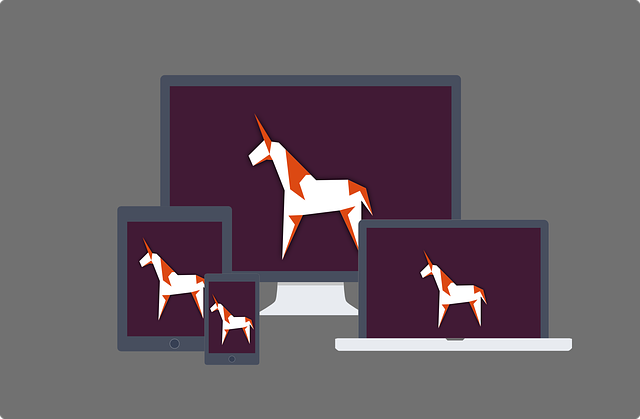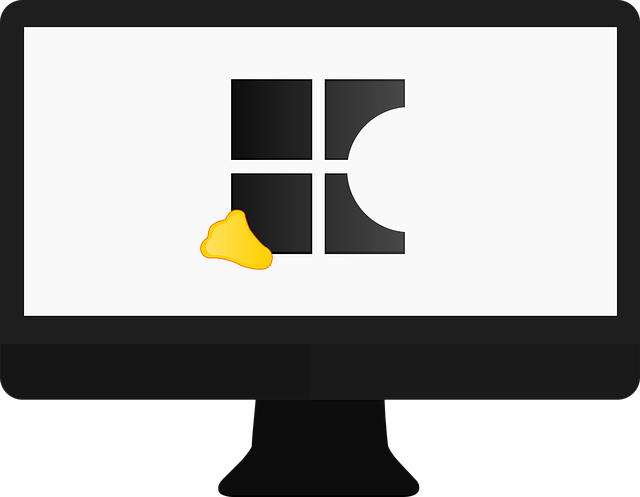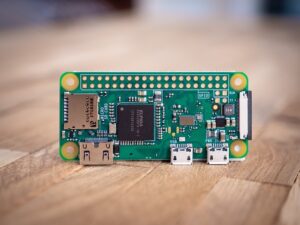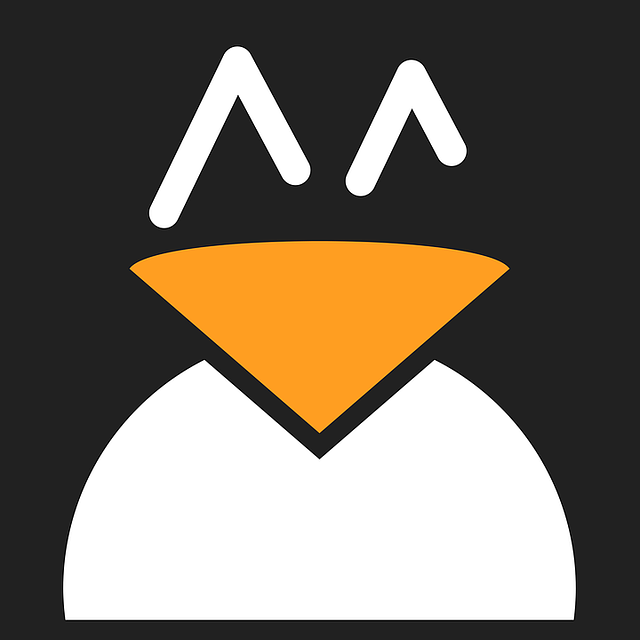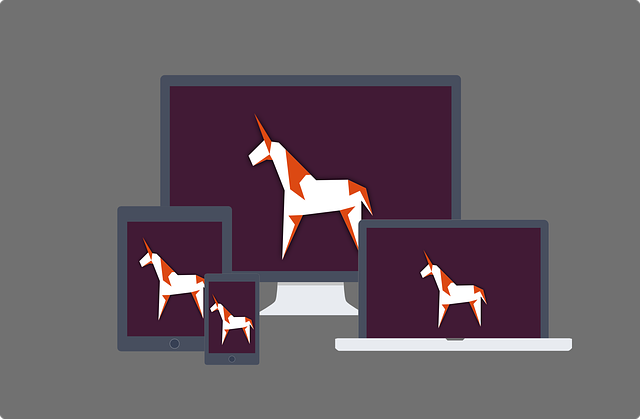Slackware Linux stands out as a robust and stable platform for collaborative work environments, offering multi-user capabilities that enhance teamwork and productivity across various sectors. Its user-friendly package management system ensures seamless updates and uniform software deployments, while its secure network services like OpenSSH and Samba facilitate file sharing and remote access for distributed teams. The inclusion of communication tools such as IRC clients and mail servers within the distribution supports both real-time and asynchronous team interactions. System administrators can optimize collaboration by setting up clear user roles and permissions using native tools like `adduser`, `usermod`, and `groupmod`. Regular system maintenance, including updates and patches, is crucial for maintaining Slackware's integrity in multi-user settings. Its lightweight nature makes it an efficient choice for companies, particularly SMEs, looking for a secure, stable, and predictable IT infrastructure to support their collaborative projects and proprietary applications. Slackware Linux's versatility is evidenced by its successful deployment across various fields, underscoring its role as a reliable solution for multi-user collaboration where performance and security are of utmost importance.
explore the transformative role of Slackware Linux in fostering collaborative excellence. This article delves into how Slackware’s robust multi-user support can elevate team dynamics, offering insights through real-world applications and best practices for effective collaboration. Uncover the synergistic potential within diverse teams as they harness Slackware’s features to streamline communication and enhance productivity. Join us as we navigate the intersection of technology and teamwork, where Slackware Linux stands out as a pivotal tool in any collaborative endeavor.
- Enhancing Team Dynamics with Slackware Linux's Multi-user Support Features
- Streamlining Collaboration: Best Practices for Utilizing Slackware's Multi-user Capabilities
- Case Studies: Real-world Applications of Slackware Linux in Collaborative Environments
Enhancing Team Dynamics with Slackware Linux's Multi-user Support Features
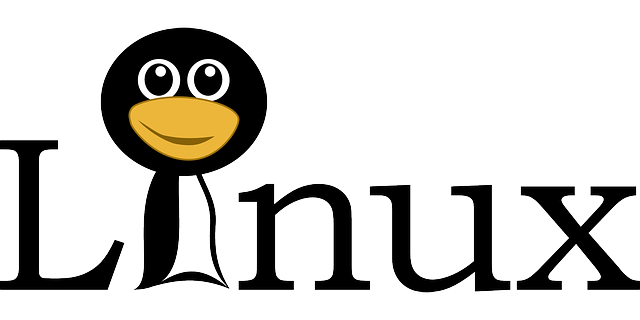
Slackware Linux has long been recognized for its robust multi-user support capabilities, which are instrumental in fostering team dynamics and collaboration within diverse environments. The operating system’s design inherently supports multiple users, allowing each user to maintain their distinct environment with individual configurations, permissions, and settings. This feature is particularly beneficial for teams working on projects that require shared access to resources without compromising the integrity of individual workspaces. Slackware’s package management system ensures that updates and software installations can be managed seamlessly across multiple users, maintaining system stability and security.
Moreover, Slackware Linux’s implementation of network services such as OpenSSH and Samba facilitates secure file sharing and remote access, which are essential for teams dispersed across different geographical locations. These services enhance collaboration by enabling real-time communication and concurrent work on shared tasks. The integration of tools like IRC clients and mail servers within Slackware also promotes asynchronous communication, allowing team members to engage with each other’s work at their own pace and convenience. With Slackware Linux, teams can leverage these multi-user support features to create a cohesive and efficient collaborative environment, streamlining workflows and optimizing productivity.
Streamlining Collaboration: Best Practices for Utilizing Slackware's Multi-user Capabilities

Slackware Linux has long been recognized for its robust multi-user capabilities, offering a stable and flexible environment for collaboration. To streamline this process, it is imperative to leverage the distribution’s built-in tools and configurations effectively. One of the best practices for utilizing Slackware’s multi-user functionalities is to establish clear communication channels. Utilize packages like IRC clients or communication suites that integrate seamlessly with Slackware, such as Konversation or XChat for real-time messaging. These tools can be configured to provide a dedicated platform for team discussions, file sharing, and project management, fostering an efficient workflow among users.
Additionally, system administrators should consider implementing a user management strategy that delineates roles and permissions within the Slackware environment. By carefully controlling access to system resources and directories, you can maintain security while enabling collaboration where it’s needed. Utilize user and group management commands like `adduser`, `usermod`, and `groupmod` to manage user accounts and permissions effectively. Regular updates and patches should be applied to ensure the system remains secure as multiple users operate within it. Adopting these best practices ensures that Slackware Linux serves as a reliable and potent platform for multi-user collaboration, capable of handling complex projects with ease.
Case Studies: Real-world Applications of Slackware Linux in Collaborative Environments
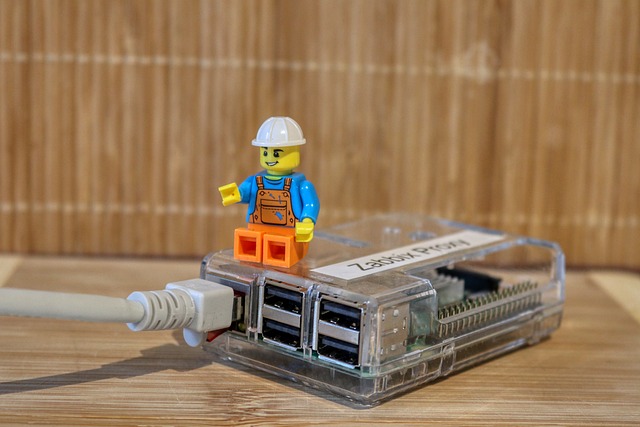
Slackware Linux, a distinguished and long-standing Linux distribution, has consistently demonstrated its suitability for collaborative environments through various real-world applications. One such case study is the adoption of Slackware by an open-source software development team, where its lightweight and stable nature allowed for seamless collaboration on complex projects without the need for extensive system resources. The distribution’s package management system, with its straightforward and predictable approach, facilitates easy updates and maintenance across all participating systems, ensuring that every team member works with the same tools and software versions, thus minimizing compatibility issues.
Another instance is a small to medium-sized enterprise (SME) that leveraged Slackware Linux to enhance interdepartmental communication and data sharing. The company’s IT infrastructure was primarily based on Slackware, providing a robust platform for their in-house developed applications. The simplicity of the system allowed employees from different departments to quickly adapt and collaborate effectively. Moreover, the enterprise utilized Slackware’s versatility to create a secure environment for data exchange, which was critical for maintaining client confidentiality and fostering trust in their services.
Slackware Linux stands out as a robust platform for multi-user collaboration, offering diverse tools that enhance team dynamics and streamline collective efforts. The exploration of its features, best practices for utilization, and real-world applications through case studies underscores its value in collaborative environments. Users across various sectors can attest to the efficacy of Slackware Linux in fostering efficient team interactions, which is a testament to its enduring relevance and adaptability in the realm of collaborative computing. As organizations continue to prioritize effective teamwork and communication, Slackware Linux remains an indispensable tool for enabling such synergy, making it a choice platform for those looking to harness the full potential of their teams through technology.














